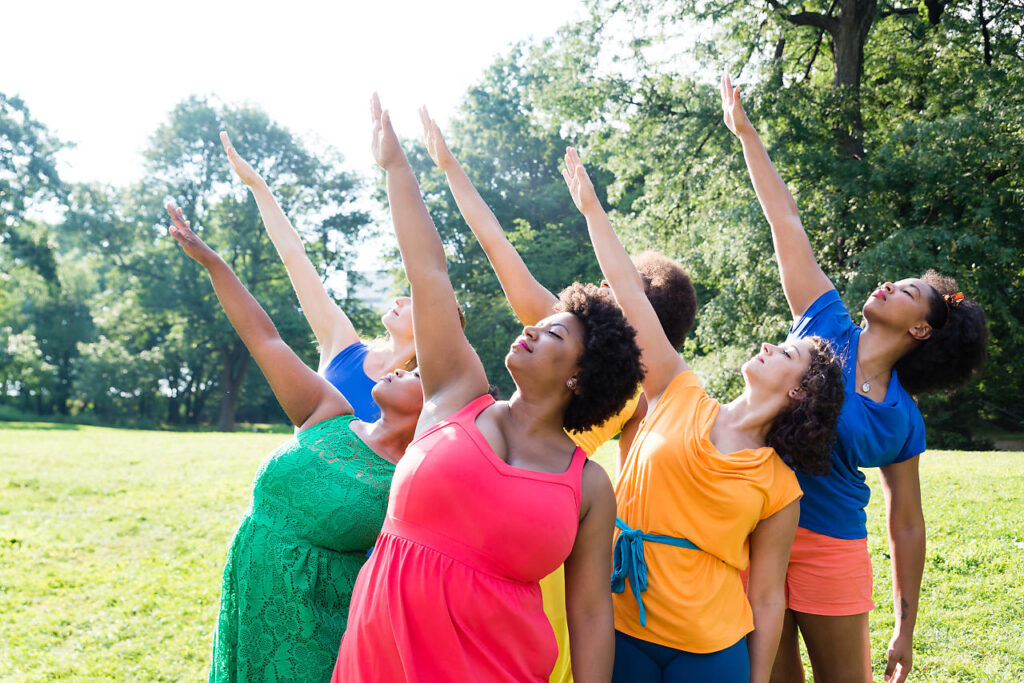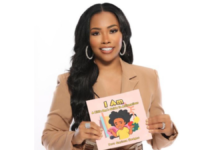( ENSPIRE Community Spotlight ) Dance/NYC Gives Stipends and Grants to Dancers and Businesses Affected During Coronavirus
ENSPIRE Contributor: Elizabeth Casillas
Dance/NYC created the Coronavirus Dance Relief Fund this year to combat the negative effect of COVID-19 on dance workers and dance organizations. This fund was created during March of 2020 and was open to those residing in the metropolitan New York area. The purpose of this fund was to offer aid to those who needed it the most during the pandemic.
Sponsoring the fund are New York Community Trust, the Howard Gilman Foundation, and the Mertz Gilmore Foundation, among many others. The goal behind this fund is to help those who have been affected by social-distancing guidelines or by studios being closed and make up their lost income and alleviate any medical bills.

This fund worked in different ways for dance workers and dance organizations. When selected, dance workers would be receiving a $500 monthly stipend with a maximum of $1,500. Dance organizations, however, received $2,500 to $5,000 one-time grants during this time. Originally supposed to cover March to May, the fund extended to cover the rest of the pandemic-impacted months.
This fund also goes hand in hand with Dance/NYC’s mission to promote knowledge, appreciation, practice, and performance. It reaches out to the community and brings to light the company’s beliefs of justice, equity, and inclusion. Executive Director of the Howard Gilman Foundation Laura Aden Packer agrees this fund represented Dance/NYC in “leading by example with this swift and thoughtful approach to supporting the dance community. The Foundation believes this Fund is a critically important part of the relief effort for New York City’s vital cultural sector.”

Overall, this fund proves to be very useful to the winners of the grant. Not only is the grant focusing on those impacted by the financial side of COVID-19, but it is also prioritizing special circumstances in a dance worker’s life, such as a disability or an immigration issue. It prioritized African, Latinx, Asian, Arab, and Native American, disabled, immigrant, and women-identifying artists.







